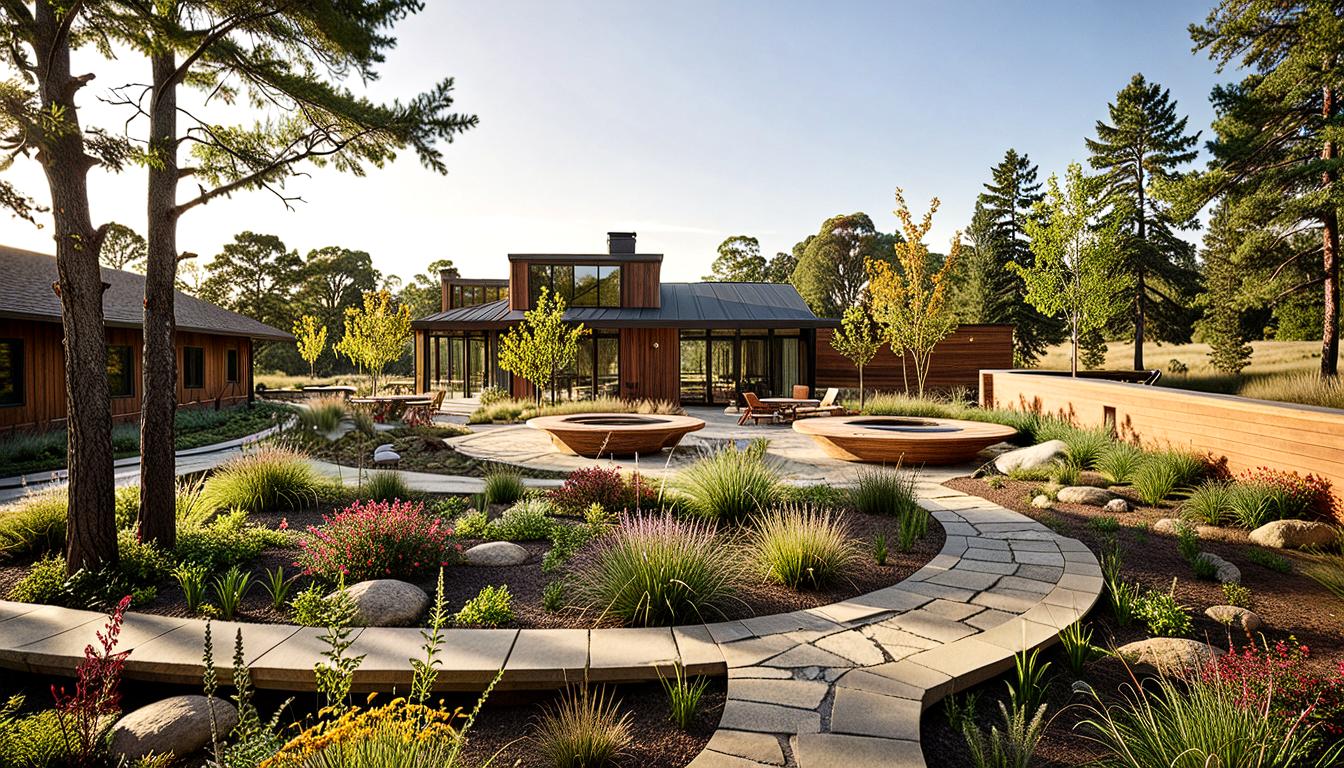Introduction
Landscape Architecture is a unique field that beautifully merges design, planning, and management of natural and built environments. But, what if your career path as a Landscape Architecture graduate takes you outside the conventional scope? This post explores some non-traditional roles that leverage the skills honed through a Landscape Architecture education.
Overview of Landscape Architecture as a Profession
Roots and Evolution
Landscape Architecture has been a key part of design and planning for centuries, especially flourishing in the United States. Its evolution has greatly impacted how we interact with both urban and natural landscapes.
The term “Landscape Architecture”
The term gained popularity after New York’s Central Park design in 1863. It highlights a profession that integrates both artistic and scientific perspectives to create functional, sustainable, and aesthetically pleasing environments.
Planning and Design Roles
- Parks
- Residential Developments
- Corporate Centers
- Waterfront Developments
Restoration and Conservation Roles
- Wetland Restoration
- Forest Conservation
Collaboration with Other Professionals
Landscape Architects often work alongside architects, city planners, and engineers. This teamwork is essential to ensure landscape projects serve both ecological and social needs effectively.
Education and Licensure Requirements for Landscape Architects
Formal Education
To enter the Landscape Architecture field, one typically needs formal education. Degrees can span from Bachelor of Landscape Architecture (BLA) to advanced Master’s programs.
Undergraduate and Graduate Programs
- Bachelor of Landscape Architecture (BLA)
- Bachelor of Science in Landscape Architecture (BSLA)
- Master of Landscape Architecture (MLA)
Work Environment for Landscape Architects
- Private Firms
- Government Agencies
- Academic Institutions
Licensure for Landscape Architects
- Licensure is required across the United States.
- Candidates must pass the national exam and complete practical experience.
Unexpected Careers for Landscape Architecture Graduates
Non-Profit and Research roles
In these roles, Landscape Architecture graduates use their expertise to support and implement environmental projects that benefit community and society.
Sustainability Consulting roles
Graduates can advise companies on how to incorporate sustainable practices within their design and planning processes.
Academia and Teaching roles
Many graduates share their knowledge by teaching landscape design, encouraging new generations of landscape architects.
Product Design roles
Some graduates explore creating outdoor furniture or other eco-friendly products that enhance public spaces.
Marketing and Sales roles
Graduates apply their skills to design marketing materials and strategies for products related to landscape design and management.
3D Visualization and Animation roles
The design background of Landscape Architecture can transition well into digital realms like 3D design and animation.
Government Work roles
Working with governments, graduates contribute their expertise to city planning, park development, and infrastructure projects.
Tips for a Successful Career Transition
- Identify your skills and passions.
- Engage in strategic networking.
- Commit to continuous learning.
- Stay connected to the Landscape Architecture community.
Importance of Continuous Learning and Community Engagement
In any career path, particularly those venturing beyond traditional roles, staying updated with industry advancements is crucial. Community engagement helps in sharing knowledge and fostering professional growth.
FAQs
-
Q1: What are some non-traditional career paths for Landscape Architecture graduates?
Some atypical career paths include roles in non-profits, research, sustainability consulting, academia, product design, marketing, sales, digital visualization, and government work.
-
Q2: How can skills developed in landscape architecture be applied in other roles?
Skills such as design thinking, communication, ecosystem knowledge, and collaboration are applicable across various roles, enabling adaptability in non-traditional careers.
-
Q3: What are some tips for transitioning careers in landscape architecture?
Successful transition involves identifying your core skills, networking, pursuing lifelong learning, and remaining active in professional communities.
-
Q4: What are the educational requirements for landscape architects?
The profession typically requires a degree in Landscape Architecture at either the bachelor’s or master’s level.
-
Q5: What career opportunities are there within the private, public, and academic sectors for Landscape Architects?
Opportunities range from private firms to government agencies and academic institutions, offering diverse roles in design, management, and education.






